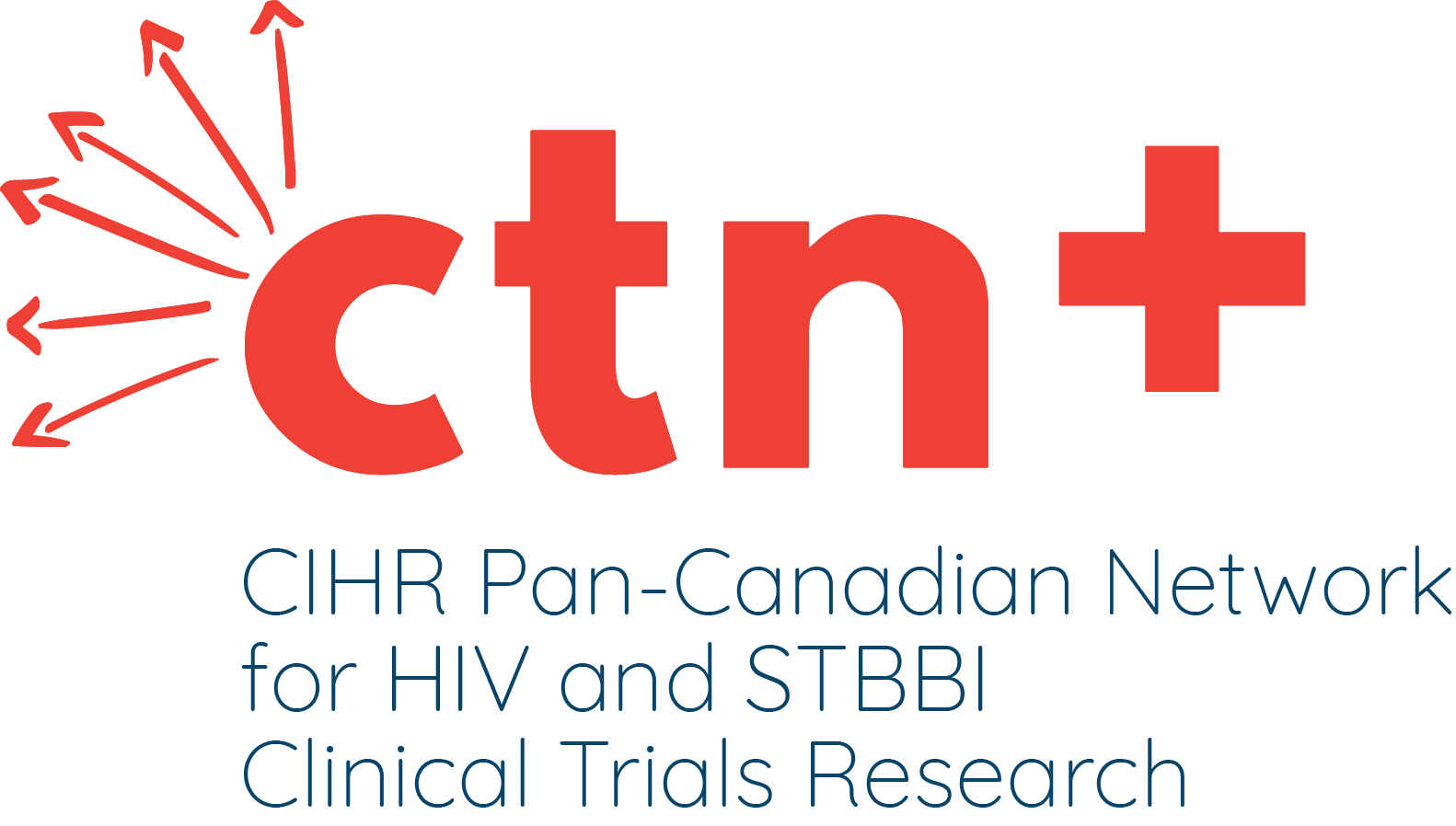
PrEP and nPEP guidelines authors: Tim Rogers (CATIE), Drs. Mark Hull and Darrell Tan, CTN investigators
After nearly two years of work and consultation, the first Canadian Guidelines on pre-exposure prophylaxis (PrEP) and non-occupational post-exposure prophylaxis (nPEP) were published in the Canadian Medical Association Journal on November 27, 2017.
Both PrEP and nPEP are biomedical interventions: antiretroviral drugs, taken before and after sexual or drug-use related exposure to HIV to prevent infection. Both are highly effective and have been shown to reduce sexually-transmitted infection by more than 90% when taken properly.
“These new strategies have been widely endorsed worldwide by organizations including the WHO, U.S. CDC and others,” said Dr. Darrell Tan, CTN investigator and lead author of the guidelines.
Briefly, the guidelines call for extended use of both PrEP and nPEP for HIV-negative populations that are disproportionately affected, namely men who have sex with men (MSM), people who inject drugs (PWID), Indigenous people, and people from HIV-endemic countries.
HIV still affects these groups much more than other Canadians. MSM are estimated to be 131 times higher than the general population, while PWID are 59 times more likely than non-drug-users. Indigenous people and people from countries with endemic HIV are also more likely to acquire HIV (2.7 times and 6.4 times more likely, respectively).
When used in high-risk populations, PrEP and nPEP are also cost-effective.
“To date, the cost of these medications has restricted the feasibility and acceptability of these strategies,” said Dr. Tan. “However, the recent introduction of generic versions of antiretroviral medications, as well as increasing availability of public drug coverage for PrEP in Canada may have a substantial effect on their uptake.”
Dr. Tan is part a team of over 20 experts, from fields as diverse as infectious disease, emergency medicine, nursing, pharmacy, public health, and community members that came together in 2015 to begin the process of creating the guidelines. Using a scientific review process, they scrutinized all existing literature on PrEP and nPEP to ensure the best possible information was included.
“Previous studies in other countries have shown that widespread use of PrEP led to dramatic reduction in new HIV diagnoses,” said Dr. Tan. “We hope that these guidelines can provide clinicians with the resources they need to incorporate biomedical interventions into their care plans, and ultimately help Canada work towards eliminating new HIV infections.”






